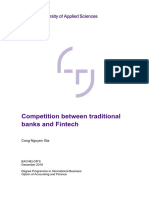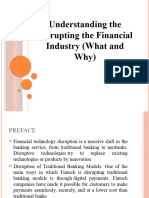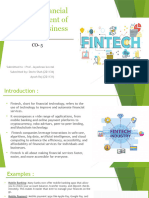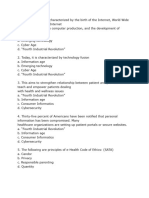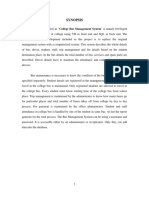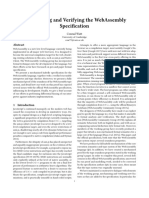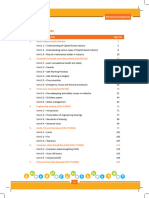0% found this document useful (0 votes)
18 views4 pagesBFSI Assignment Report
The report examines the transformative impact of FinTech startups on traditional banking models, highlighting technological advancements, changing customer expectations, and the need for banks to adapt. It discusses the regulatory challenges and opportunities for collaboration between banks and FinTech firms, emphasizing that integration is essential for future growth. The conclusion stresses that both sectors must innovate and work together to meet the demands of a digitally driven financial ecosystem.
Uploaded by
Shuva SarkarCopyright
© © All Rights Reserved
We take content rights seriously. If you suspect this is your content, claim it here.
Available Formats
Download as DOCX, PDF, TXT or read online on Scribd
0% found this document useful (0 votes)
18 views4 pagesBFSI Assignment Report
The report examines the transformative impact of FinTech startups on traditional banking models, highlighting technological advancements, changing customer expectations, and the need for banks to adapt. It discusses the regulatory challenges and opportunities for collaboration between banks and FinTech firms, emphasizing that integration is essential for future growth. The conclusion stresses that both sectors must innovate and work together to meet the demands of a digitally driven financial ecosystem.
Uploaded by
Shuva SarkarCopyright
© © All Rights Reserved
We take content rights seriously. If you suspect this is your content, claim it here.
Available Formats
Download as DOCX, PDF, TXT or read online on Scribd
/ 4





















